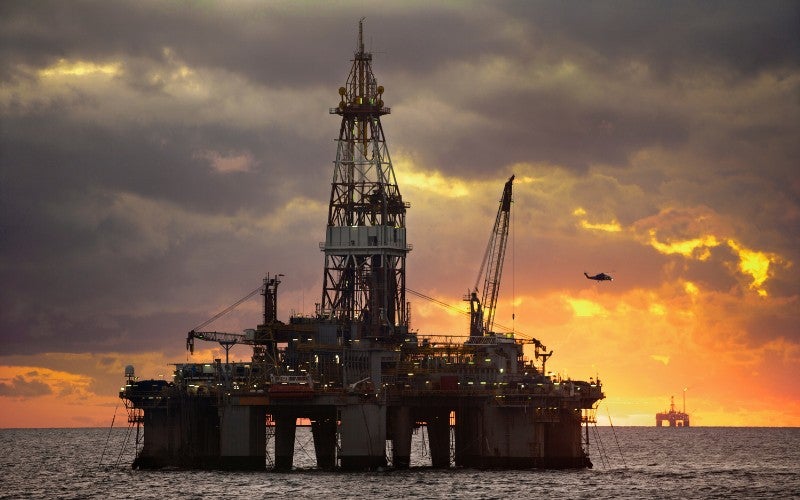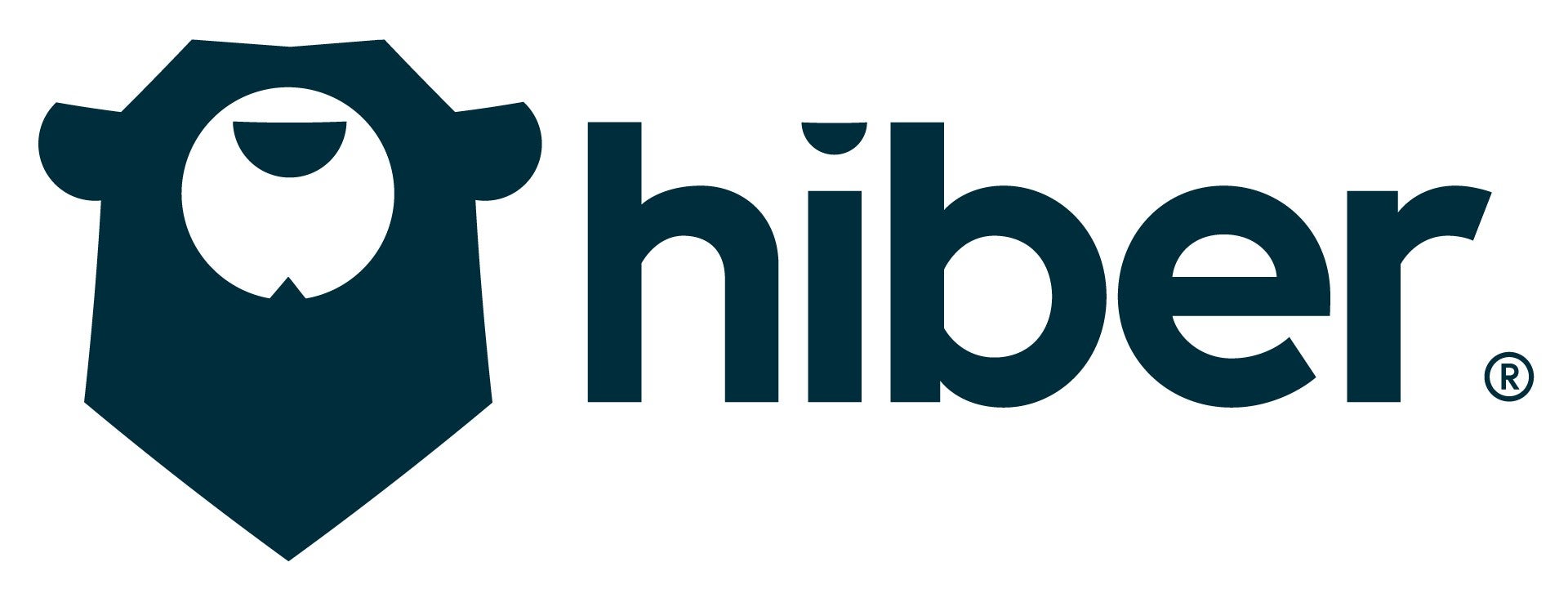
Oil and gas wells in remote parts of the world can face a variety of challenges, including difficulties in tracking and monitoring them as frequently and efficiently as is needed.
Especially when it comes to safety, managing offshore wells from anywhere in the world and addressing problems with well integrity can significantly promote smooth operations. As many as 33% of wells may face integrity issues, so it’s important to manage and monitor them proactively. Digital technology is here to help.
HiberHilo is an all-in-one Internet of things (IoT) solution that addresses the problems encountered in remote well locations through a single dashboard, which gives users access to instant information on what is happening at their offshore wells.
HiberHilo is especially useful for measuring parameters such as pressure from a distance, providing a viable solution so offshore companies don’t have to jeopardise teams of engineers, as well as cost and time, to manually monitor wells.
Solution for safe monitoring operations in remote offshore wells
As employee safety is at the forefront of priorities for oil and gas companies, they naturally want to utilise a technology that ensures their wellbeing at the workplace. HiberHilo gives users the chance to use IoT for remote monitoring in areas where it wouldn’t otherwise have been possible.
While wells in onshore sites can be measured through a wired system, offshore sites are more challenging because it is not possible to check the wells frequently. This means companies must send teams to remote areas of the world to check wells. These monitoring trips are done infrequently because the wells are so difficult to reach.
Sending teams to remote sites is complex. Firstly, there are issues with boat landing when it comes to offshore wells, which prevent teams to securely step on the platforms. In areas where there is vast land separating the sites, members of the team often have to drive for miles to reach the different locations. Further challenges include a lack of communication possibilities, little infrastructure access, as well as adverse weather conditions and other safety risks.
HiberHilo brings IoT technology to remote sites, which makes it easier for customers to track and monitor wells and assets without sending teams to the field. More specifically, HiberHilo employs the benefits of connecting with state-of-the-art satellite networks that offer effective transmission of data and instant updates. HiberHilo works with Inmasat’s ELERA satellite network to source regular information and transmit it every 15 minutes, enabling clients to get accurate data 24/7.
According to Hiber’s Commercial Director for oil and gas Tom Krikke, ‘These sites are often in locations where there’s no cell coverage, and far away from support sites like hospitals. HiberHilo gathers wellhead data at regular intervals and transmits it to an online portal via satellite connection. Ultimately this means that companies can know the status of wells at all times and only have to send engineers out to the wells when maintenance is really needed.’
Cost-effective, easy-to-use solution for well monitoring
Another challenge connected to well tracking and monitoring has to do with needing the expertise to install and/or upgrade complex monitoring systems for the company’s offshore assets, as well as the difficulty of sending out teams for regular checks for more than a day.
Even if it is just for a short period of time, trips can cost anything from $1,000-$10,000 and as regulations need to be kept, this can prove very expensive for offshore companies. HiberHilo eliminates the need to hire specialists to install and/or upgrade monitoring systems.
HiberHilo removes these hurdles because it is cost-effective and easy to install. As Tom Krikke points out, ‘Companies don’t need to hire specialised technicians to install the solution, which can be complex in remote areas of the world. We’ve seen that with just a little bit of training, field teams can install the entire solution on the field and see data roll in a few hours.’
Indeed, customers’ engineers can install the software themselves by connecting sensors on the wellheads and installing a gateway. No additional and complex equipment is required, making installation and monitoring easier through a single HiberHilo dashboard.
Developed with the user in mind
One of Hiber’s core values is working on products with the benefit and convenience of the customers in mind. Therefore, addressing the various challenges of well monitoring in the offshore industry is a top priority.
As Hiber’s commercial director put it, ‘The reason we built HiberHilo was to make well monitoring easy, accessible and affordable. Those are values that we really live by, and we do our best in product development to ensure that the solution delivers on that promise. We worked with Shell to build the solution from the start, so customer input has always been a big part of our development process.’
Being client-oriented means building a technology that utilises IoT to improve well management and protect people, assets and the environment by preventing disasters and getting timely help whenever and wherever necessary.
HiberHilo’s solution ensures durable equipment, global coverage, reliable data, instant transmission, and the ability to send the right team only when it is absolutely necessary, which can save thousands for customers, all with a single subscription service.


